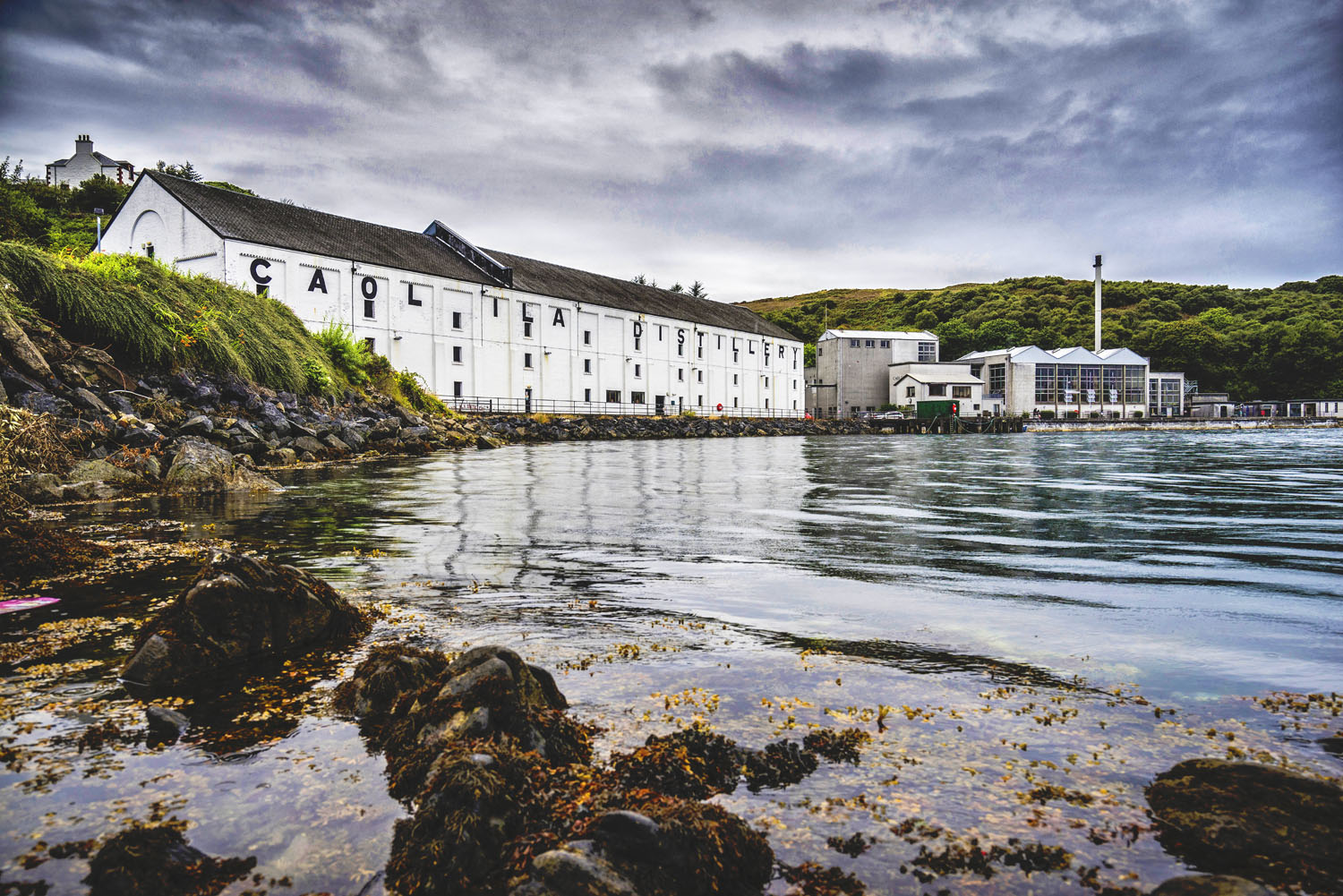What are the Scotch Whisky Regions? Unveiling the key differences

Scotland is well known for its scenic landscapes, castles, and lochs, but its unique whisky stands out internationally. The rich flavour, the reputation for quality and the traditional methods of scotch whisky production contribute to its popularity and distinctive taste.
Scotland is split into five whisky regions which are differentiated by the unique taste of its whisky. They are the Highlands, Speyside, Islay, Campbeltown, and the Lowlands.
Highland Whisky
The Highland region starts from north of the central belt where Glasgow and Edinburgh are located and reaches the very north peak of Scotland. The Highlands also expands west and east, excluding the Speyside region in the northeast.
Whisky produced in the Highlands tends to be rich and full-bodied. The peat smoke is usually light to medium. Some whiskies have an initial sweet taste and are spiced at the end. Some of the most common flavour characteristics are honey, heather and fruity notes of citrus, apples, or berries.
West Highland whisky usually tastes more salty, peaty, and full-bodied, while North Highland whisky is known to be light, coastal and spicy with hints of ginger, clove, or black pepper.
On the other hand, whiskies from Central, South, and East Highlands tend to be sweeter, more delicate and easier to drink than North and West Highland whisky.
Examples of whiskies from the Highlands and Islands are Arran, Jura, Talisker, Oban, Nc’nean, Dalmore, GlenDronach, and Glenglassaugh.
Speyside Whisky

Craigellachie Bridge & River Spey – Photo: VisitScotland
The Speyside region roughly covers the northeastern area of the Highlands near Aberdeen and surrounding the river Spey. Despite its small size, it holds the highest concentration of distilleries in Scotland; therefore, it has a wide variety of whiskies.
Whisky from this region can be rich, full-bodied, delicate, and smooth.
Some have a sweet and fruity note of honey, fruitcake, or fresh orchard fruit, whilst others bring floral and spicy hints of heather, roses or nutmeg. The peat smoke is uncommon but can be from light to medium level, adding depth and character to the flavour.
Some whiskies from Speyside are Benromach, Glenfiddich, Benriach, Balvenie, Glenlivet, Glen Moray and GlenAllachie, among many others.
Islay Whisky
Isle of Islay, another whisky region, is an island just off the west coast of the Scottish mainland.
Whiskies from this area tend to be robust and with a smoky flavour profile. Due to its surrounding, one of its characteristics is the salty and briny notes of sea spray, seaweed, or iodine. Some have peaty and medicinal notes of antiseptic or medicinal herbs. The whiskies from Islay are predominantly smoky because the peat burned in kilns is used to dry the barley during the malting process, creating this powerful and unique character to the whisky.
Some famous whiskies from Islay are Bunnahabhain, Caol Ila, Kilchoman, Bruichladdich, Bowmore, Laphroaig and Lagavulin.
Campbeltown Whisky
Campbeltown is the smallest whisky region, and it lies by Campbeltown Loch in the Kintyre peninsula on the west coast of Scotland and right between the Isle of Arran in the east and Islay of Islay in the west.
The main characteristics of the whiskies from Campbeltown are the coastal and maritime notes, reflecting its location by the sea. Whiskies are usually perceived as rich and full-bodied with a prolonged aftertaste. The peat smoke is medium to heavy, which adds depth, variety and some sense of a place.
The most representative whiskies from Campbeltown are Glen Scotia, Springbank, and Kilkerran (Glengyle).
Lowlands Whisky

Annandale Distillery – Photo: VisitScotland
Lastly, the Lowlands, a region that spreads between Glasgow, Stirling, and Edinburgh and expands to the southern border of Scotland.
The whiskies from this region are predominantly light, delicate, and smoother than whiskies from the other areas. The light body and light peat smoke give it a less smoky flavour making these whiskies a bit easier to drink. Some Lowland whiskies have floral and grassy notes, which bring a hint of fresh-cut hay or wildflowers, while others are sweet, fruity and unpeated.
Some examples of Lowland Whiskies are Annandale, Clydeside, Glasgow 1770, Kingsbarns and Bladnoch.
Conclusion
Now that you clearly understand the five distinctions between the regions of Scotch Whisky, it’s no wonder Scotland is renowned for this flavourful spirit. Remember to schedule a visit to a whisky distillery or book any of our whisky tours in Glasgow and Edinburgh to further your knowledge and indulge in the distinct tastes of Scotch Whisky.
Slainte Mhath!
